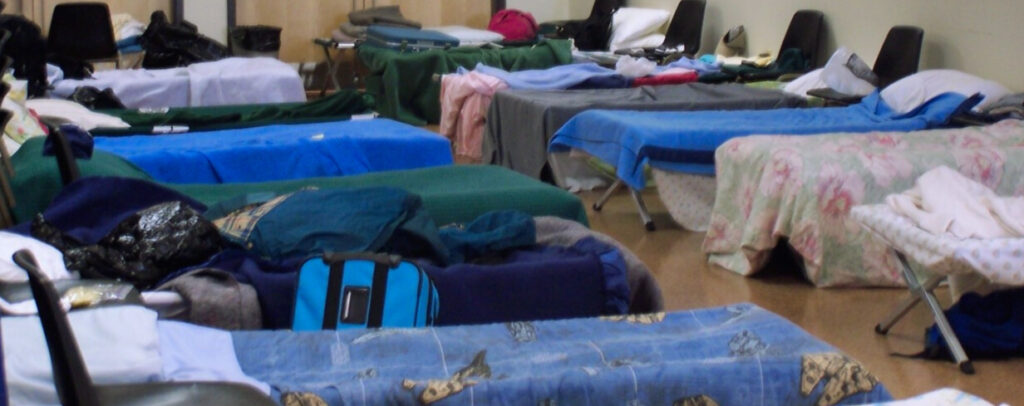Mission & History

Our Mission
Arundel House of Hope is a non-profit ecumenical organization that provides emergency, transitional, and permanent affordable housing and support services to individuals experiencing homelessness in Anne Arundel County
Our Vision
Our vision is to end homelessness in Anne Arundel County. We will serve people in a professional, dignified, supportive, and respectful manner until our vision is achieved


Our History
For more than 30 years, we’ve been dedicated to aiding individuals experiencing homelessness in Anne Arundel County. We started as a non-profit that offered emergency, temporary shelter to individuals during the winter months. Today we offer emergency shelter, transitional housing, permeant housing, and support services.

Our Origin Story
Jason Strecker, a previous staff member and volunteer, has meticulously documented our early history and the enduring impact AHOH and our partners have had in the community while striving to eradicate homelessness. Below is a glimpse into how Arundel House of Hope was founded. Jason’s initial interview was with Phil Bailey, a Winter Relief volunteer since 1992, who later assumed the role of Program Director for the Day Center and Winter Relief program.
Except from an Interview with Phil Bailey
“Arundel House of Hope was originally known only as Winter Relief during the early and mid 1990s, with a group of a few local churches working together to shelter guests during the winter months. The church shelter ministry, known as “Winter Relief,” has seen staff and volunteers work to positively change the lives of guests.
A longtime parishioner of St. Christopher’s Church in Linthicum, Phil Bailey was in a meeting room of the church for a meeting that Reverend Olin Herndon of Glen Burnie United Methodist Church had called. The Pastor had told others the mission of the meeting was to “talk about homelessness.” After the meeting started, he apologized for bringing everyone there under false pretenses. He stated he did not ask them there to “talk about homelessness,” but to “do something about homelessness.”
From that meeting with a few local church members, the beginning of Winter Relief was born. Just a few months later, the Winter Relief rotating church shelter would start among participating Anne Arundel County churches. The Winter Relief first season was in the winter months of late 1992 and early 1993. At that time, it saw 12 churches shelter an average of nine men per night with an average of over 30 per season.”



















